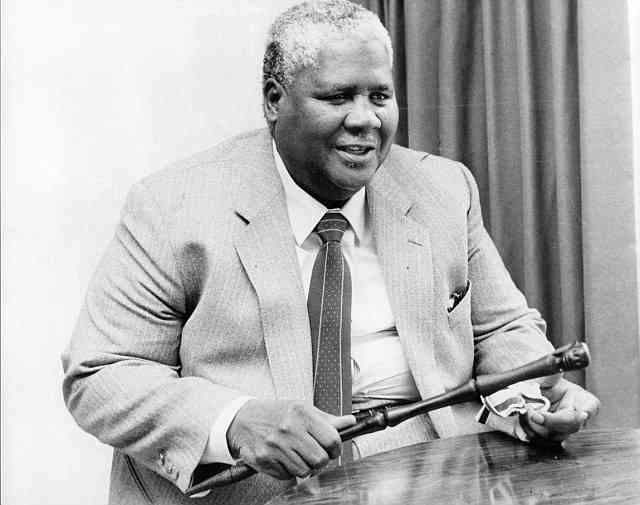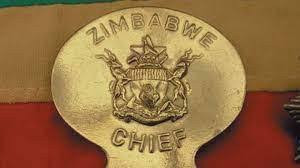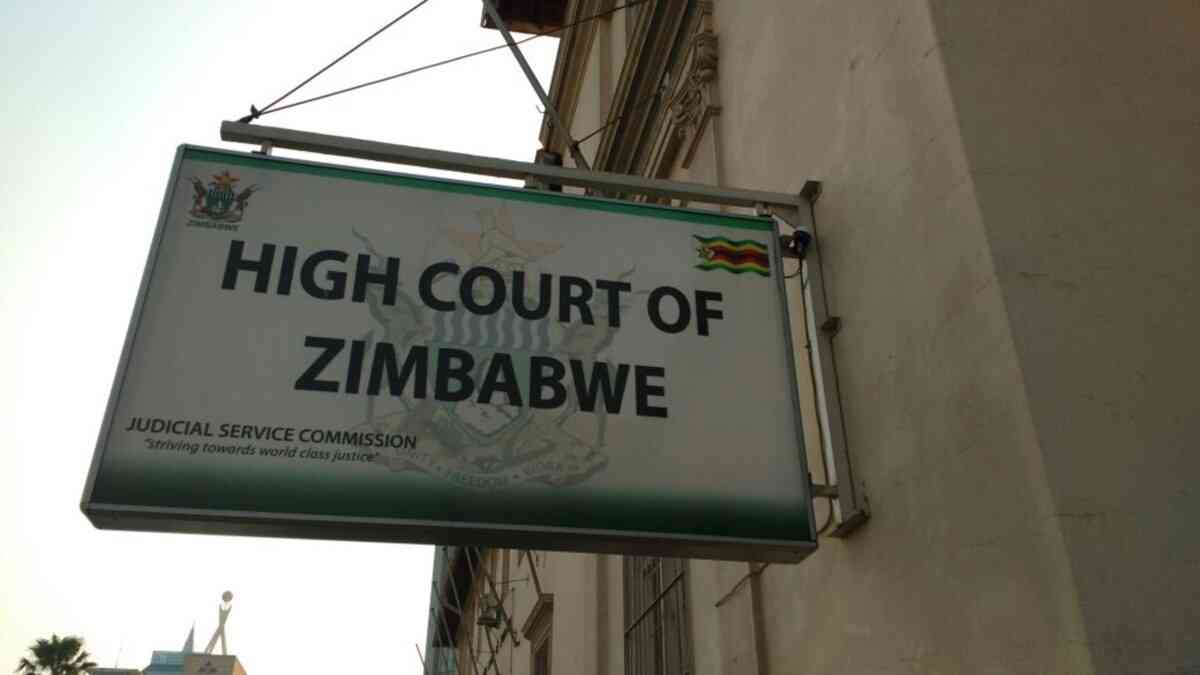
DESPITE the alarm over elephant exports, authorities insist Zimbabwe has a healthy elephant population that should ordinarily bring joy to any conservationist or tourists.
Nqobile Bhebhe Chief Reporter
Officially, there are close to 80 000 elephants roaming Zimbabwe’s parks, with 45 000 of them fully grown and 30 000 calves.
Economically, this would provide a steady flow of currency due to sale of ivory and live sale of elephants.
A calve costs about $30 000 on the international market and there has been demand from buyers from the United Arab Emirates who want 15 elephants, China 27 and France between 15 and 20.

Wildlife authorities speak glowingly about exporting elephants to curb a ballooning population and generate revenue.
However, several months ago, the United States Fish and Wildlife Service suspended imports of sport-hunted African elephant trophies from Zimbabwe over alleged questionable management practices, it has been learnt. The ban came as Zimbabwe’s hunting industry was readying itself for the hunting season.
Zimbabwe’s elephant trophy quota stands at about 500 animals each season, which are exported by mainly US citizens.
- Chamisa under fire over US$120K donation
- Mavhunga puts DeMbare into Chibuku quarterfinals
- Pension funds bet on Cabora Bassa oilfields
- Councils defy govt fire tender directive
Keep Reading
This has presented a host of challenges for the Zimbabwe Parks and Wildlife Management Authority (ZPWMA). Parks officials told journalist during a recent tour of the vast Hwange National Park (Main Camp) that they are struggling to maintain the herd.
An adult elephant consumes at least 300kgs of food and 200 litres of water per day. The overabundance of elephants is causing severe ecologically damages, they argue.
Vast tracks of vegetation close to water sources have been uprooted by the elephants creating a “semi desert”.
“The over-population of elephants at the Hwange National Park is damaging the ecology particularly during the dry season,” ZPWMA ecologist, Trumber Jura said.
“Most of the elephants concentrate in the areas that we supply artificial water and this has affected other smaller animals and biodiversity is under threat.”
Annually, parks require at least $2,5 million for operations and pumping game water takes at least $800 000 per annum. Parks authorities say they should be “allowed to use the dead animals to take care of the living animals”.
According to the Convention on International Trade in Endangered Species (Cites), Zimbabwe was allowed to sell its ivory in 2009 but would be only allowed to make another sale in 2017.
ZPWMA acting director conservation, Geofferys Matipano said revenue streams are drying up and blames the ban on ivory trade.
Conservancy operators have also been hit hard by the ban. Gwayi Valley Intensive Conservation Area chairperson, Mark Russell said the ban has woken them up, as their over reliance on the American market has exposed them.
Late last year, poachers sparked an international outcry after killing over 300 elephants by lacing waterholes and salt licks with cyanide at Hwange National Park.
Conservationists described the development as the worst single wildlife massacre in southern Africa for 25 years. The full extent of the damage to Hwange National Park, the country’s largest animal sanctuary, is still to be assessed.










